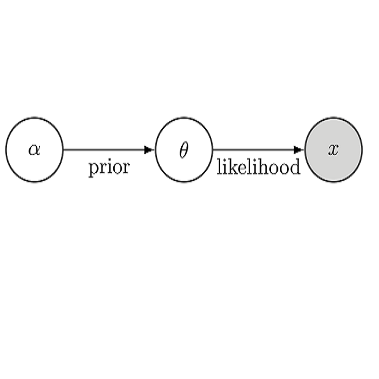In this study, we explore the emergence of symbols during interactions between individuals through an experimental semiotic study. Previous studies investigate how humans organize symbol systems through communication using artificially designed subjective experiments. In this study, we have focused on a joint attention-naming game (JA-NG) in which participants independently categorize objects and assign names while assuming their joint attention. In the theory of the Metropolis-Hastings naming game (MHNG), listeners accept provided names according to the acceptance probability computed using the Metropolis-Hastings (MH) algorithm. The theory of MHNG suggests that symbols emerge as an approximate decentralized Bayesian inference of signs, which is represented as a shared prior variable if the conditions of MHNG are satisfied. This study examines whether human participants exhibit behavior consistent with MHNG theory when playing JA-NG. By comparing human acceptance decisions of a partner's naming with acceptance probabilities computed in the MHNG, we tested whether human behavior is consistent with the MHNG theory. The main contributions of this study are twofold. First, we reject the null hypothesis that humans make acceptance judgments with a constant probability, regardless of the acceptance probability calculated by the MH algorithm. This result suggests that people followed the acceptance probability computed by the MH algorithm to some extent. Second, the MH-based model predicted human acceptance/rejection behavior more accurately than the other four models: Constant, Numerator, Subtraction, and Binary. This result indicates that symbol emergence in JA-NG can be explained using MHNG and is considered an approximate decentralized Bayesian inference.
翻译:暂无翻译



